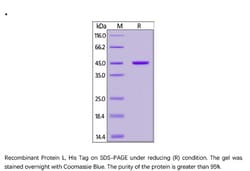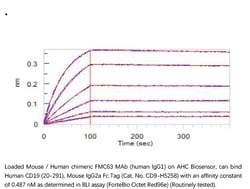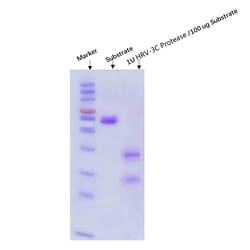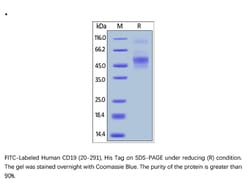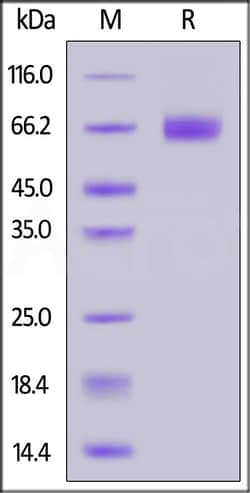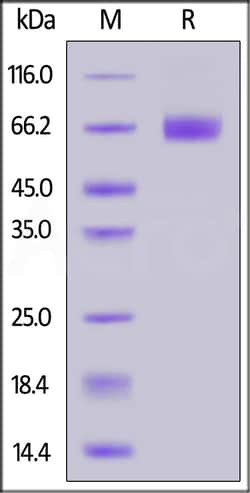Account
Main Menu
Products
Antibodies
Products
Antibodies
Chemicals
Lab Consumables
Products
Lab Equipment and Instruments
Products
Lab Furniture and Storage
Products
Life Sciences Products
Safety Products
Products
Safety Products
Applications
Services
Documents and Certificates
Main Menu
Special Offers
Main Menu
Special Offers
Orders
Main Menu





